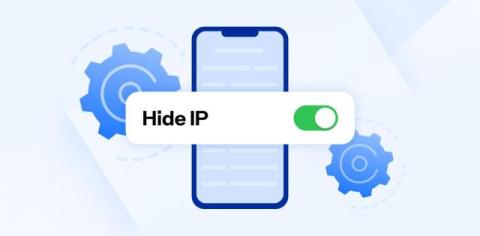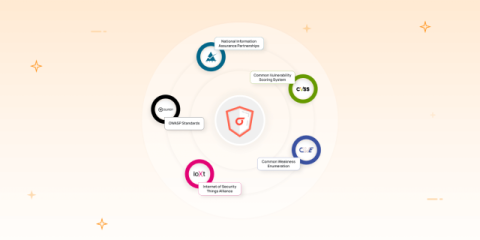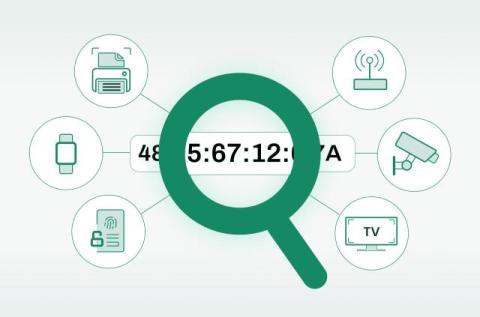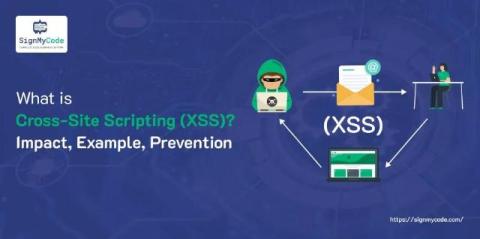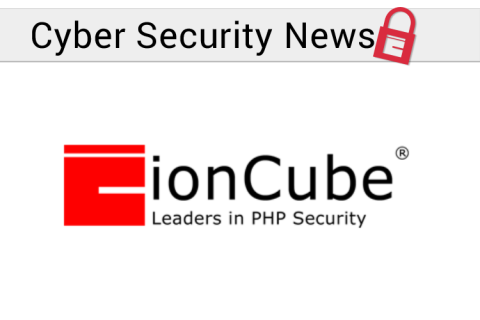Security | Threat Detection | Cyberattacks | DevSecOps | Compliance
opsdemon
Latest posts
Step Into the Ring with Anya: Championing Cyber Safety This Holiday Season
As the holiday season approaches, we at The Cyber Helpline are reminded of the incredible power of community, generosity, and courage. This year, one of our amazing supporters, Anya Bridges, is taking on a challenge that embodies all three.
How to Hide Your IP Address and Protect Your Data Online
Hiding your IP address doesn’t require a deep level of hacking technology; you can hide it quickly and prevent hackers, internet service providers, and companies from monitoring your online activity. So how can this be achieved? There are a few ways, and we will cover the most popular ones throughout this article so you can choose the best method to fit your needs, including how to hide your IP address without a VPN. Ready to start surfing in privacy and hide your IP address like a boss?
The Critical Role of Cloud Security Architecture in Building Resilience
As cloud computing technologies are quickly have become mainstream due to the multitude of benefits that have transformed how we store, manage, and access data, the enterprise landscape is rapidly changing how they interact with data and applications. However, one of the overlooked and most misunderstood activities that must be performed to successfully leverage cloud computing technologies is the creation of a cloud computing security architecture.
Top Mobile App Security Standards to Follow in 2025
Mobile app security standards are the foundation of all effective mobile application security programs. They provide a structured framework for developers and security teams to identify, mitigate, and manage security risks throughout the app development lifecycle. The ubiquitous nature of mobile applications has only exacerbated the risk of data exposure and enterprise infiltration as mobile threats become more sophisticated daily.
Leveraging MAC Address Logic for IoT Classification
When an enterprise looks for a network security provider, whether implementing a SASE solution or not, one of its pillar requirements is complete visibility of the assets it holds, which provides the ability to manage its devices. Identifying devices in a network, commonly known as device fingerprinting, provides an enterprise with the ability to control their inventory, which could be a challenging task for companies spread across multiple sites, countries, hybrid datacenters or continents.
Cross-Site Scripting (XSS) Explained: Types, Impacts, and Proven Prevention Strategies
Today, in the cyber environment, web applications are irreplaceable; we use them for everything from banking to social networking. On the one hand, they have given new impetus to smooth internet traffic. Still, they carry the risk of vulnerabilities of the type of Cross-Site Scripting (XSS), one of the most destructive types of vulnerabilities for cyber security.
How Can MSSPs Respond to Vendor Competition?
Managed security service providers (MSSPs) must confront a worrying trend: More and more cybersecurity solutions vendors are developing—or acquiring—managed services offerings of their own. This places MSSPs in direct competition with the vendors on whose tools they depend. Large EDR/XDR providers like CrowdStrike, Palo Alto, and Check Point already have managed detection and response (MDR) services. And more large security firms are moving in this direction.
Weekly Cyber Security News 12/12/2024
Let’s catch up on the more interesting vulnerability disclosures and cyber security news gathered from articles across the web this week. This is what we have been reading about on our coffee break! To add to the continued pile of e-waste…
Why security questionnaires are a familiar-but ineffective-norm for assessing risk
Security questionnaires are a standard part of almost every due diligence process before companies sign on to work with a new third party. By asking detailed questions via questionnaires, organizations learn about a seller’s security controls and compliance with relevant standards. With that information, they determine how and if a partnership with that third party will expand their attack surface and increase risk—and ultimately decide if the increased risk is acceptable.
What is Bonus Abuse, and How to Prevent It
Bonus offers, free trials, gifts, and other promotions are great ways for companies to encourage customer loyalty. But what happens when fraudsters and other malicious actors exploit the system to reap unfair rewards? Welcome to the world of bonus abuse. Bonus abuse costs an average of 15% of the iGaming sector’s annual revenues. This unethical behavior takes advantage of incentives designed to attract new customers or reward long-standing ones.




